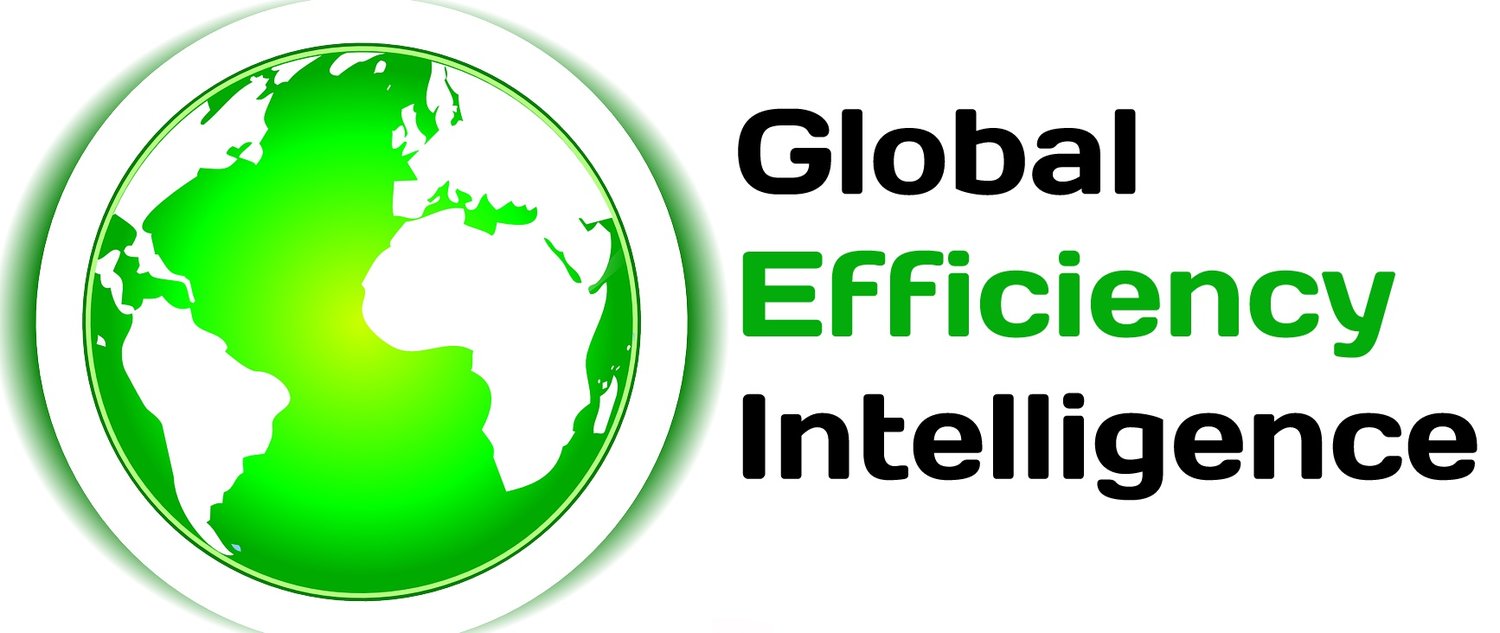Steel and Coal
Global, country-, and company-level analysis of coal consumption in the steel industry
Author: Ali Hasanbeigi
This report by Global Efficiency Intelligence presents an analysis of coal consumption in the global steel industry, focusing on the usage of coking coal and thermal coal across main steel production routes, major steel-producing countries, and leading steel manufacturing companies. Our findings show the magnitude of the steel industry's heavy reliance on coal, particularly in Blast Furnace-Basic Oxygen Furnace (BF-BOF) steelmaking, and highlight the need for a shift toward low-carbon steel production technologies to address climate challenges.
Coking coal remains an indispensable raw material for BF-BOF steelmaking, where it is used for coke production—a critical element in reducing iron ore to molten iron in blast furnaces. Similarly, thermal coal supports PCI, lime production, fuel use in some auxiliary processes as well as captive power generation in some steel plants. However, this heavy dependence on coal contributes significantly to the industry's carbon footprint. There is a relatively lower reliance on coal in Electric Arc Furnace (EAF) steelmaking, which uses scrap steel as its primary feedstock. Coal-based DRI production uses a substantial amount of thermal coal but remains prevalent only in India.
In this report, we provide a description of different types of coal used in steel industry to clarify the taxonomy (Figure 1).
Figure 1. Ven diagram of different types of coal used in the steel industry (source: Global Efficiency Intelligence’s analysis)
PCI: Pulverized Coal Injection
The steel industry accounted for around 14% of total global coal consumption in 2022. Of this, 9% is coking coal and 5% is thermal coal. The steel industry is the dominant consumer of coking coal, accounting for approximately 75% of global coking coal usage while consuming around 5% of the global thermal coal supply. In 2022, steel production used approximately 755 million tons (Mt) of coking coal and 389 Mt of thermal coal (Figure 2). All coking coal and most thermal coal is used by the BF-BOF steel plants. The BF-BOF steel steelmaking method depends heavily on coking coal to produce coke that is used in the blast furnace and thermal coal for auxiliary processes such as Pulverized Coal Injection (PCI) and captive power generation.
Figure 2. Annual coking coal and thermal coal used in the global steel industry, 2010-2022 (Source: GEI analysis based on IEA 2024 data)
At the country level, China emerged as the largest consumer of coal in steelmaking, reflecting its vast BF-BOF capacity and substantial coal reliance. In 2022, China’s steel sector consumed approximately 508 Mt of coking coal and 221 Mt of thermal coal. India, another significant steel producer, consumed over 34 Mt of coking coal and 95 Mt of thermal coal, primarily due to its reliance on coal-based Direct Reduced Iron (DRI) production and captive coal power generation. Other major producers such as Japan and South Korea exhibit similar trends in coking coal consumption.
At the company level, leading steelmakers such as China Baowu Group, ArcelorMittal, and Nippon Steel Corporation are among the largest consumers of coal. In 2023, China Baowu Group alone consumed around 68 Mt of coking coal and 30 Mt of thermal coal. ArcelorMittal consumed around 25 Mt of coking coal and 10 Mt of thermal coal in 2023. Combined, the six major steel companies analyzed in this report consumed around 158 Mt of coking coal (21% of coking coal used in the global steel industry) and 66 Mt of thermal coal (17% of thermal coal used in the global steel industry) in 2023.
Understanding how coal is used in steel production processes is fundamental for optimizing efficiency, reducing costs, and addressing environmental and climate challenges associated with coal consumption in the steel industry. A better understanding of coal consumption in the steel industry helps with deeper insights into the intricate linkage between the steel and coal industries, including the mining, trade, and supply chain dynamics of coking and thermal coal and developing strategies for decarbonization.
Our findings underline the necessity of transitioning away from coal-based BF-BOF steelmaking toward low-carbon technologies such as green hydrogen-based Direct Reduced Iron (H₂-DRI). By replacing coking coal with green hydrogen as a reductant, H₂-DRI offers a promising pathway to significantly reduce the steel industry's carbon emissions. However, the successful adoption of this technology depends on the availability of renewable energy for hydrogen production at an economical price and significant investments in renewable and hydrogen infrastructure.
To accelerate the decarbonization of the steel industry, governments and industry stakeholders must collaborate to promote low-carbon steelmaking technologies. Policymakers should implement financial incentives and carbon pricing mechanisms for green H₂-DRI steelmaking as an alternative to BF-BOF for primary steelmaking. Industry players must prioritize adopting and scaling H₂-DRI and other innovative technologies and gradually transition away from coal-based BF-BOF steelmaking.
To read the full report and see complete results and analysis of this new study, download the full report from the link above.
Interested in data and decarbonization studies on the global steel industry? Check out our list of steel industry publications on this page.
Don't forget to follow us on LinkedIn and X to get the latest about our new blog posts, projects, and publications.



